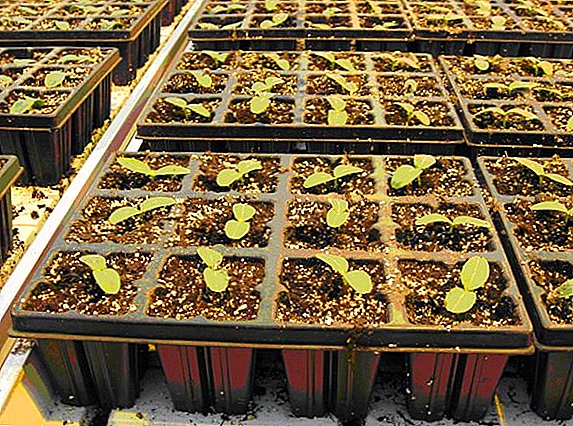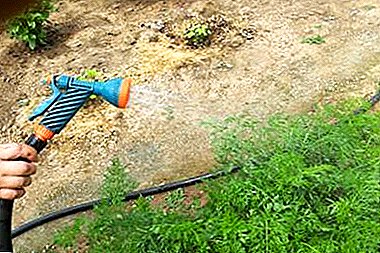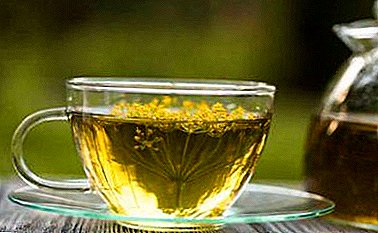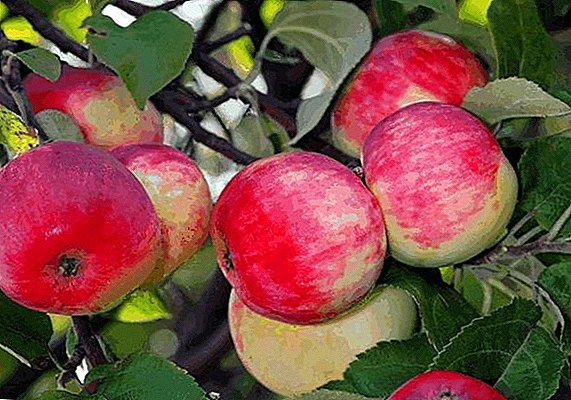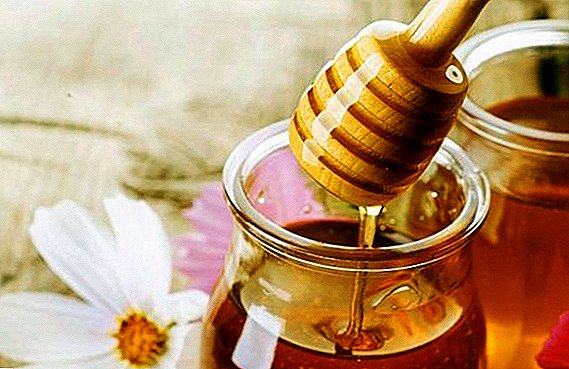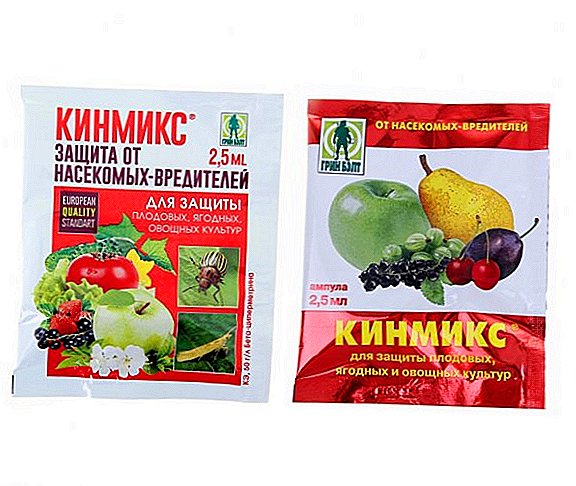 Those who breed chickens will agree with the statement that the breed of birds is very important in this matter. Today, there are a large number of them and choosing the right one is not so easy. Today we want to introduce you to the high-line breed of chickens.
Those who breed chickens will agree with the statement that the breed of birds is very important in this matter. Today, there are a large number of them and choosing the right one is not so easy. Today we want to introduce you to the high-line breed of chickens.
Inference history
This breed of chickens began its history thanks to a scientific-breeding American company called Hy-Line International. Breeders were faced with the task of bringing out a cross (hybrid) that would combine a lot of positive qualities: high egg production, unpretentiousness in nutrition, and good health. Seemed impracticable, this task was successfully completed by scientists. Thanks to their efforts, a hybrid Hy-Line ("High Line") appeared. During the time of hatching, he acquired several varieties that differ from each other in the color of the eggshell: in some it is brown, in others it is white. 
Description of the cross
Chickens of this cross have a standard appearance for layers. They have a small slim and light body. There are two directions in the color of plumage: brown and white. Both colors are clean, without any inclusions.
Learn more about the features of other cross-country chickens: Isa Brown, Hercules, Rhodonite, Hubbard, Hisex Brown and Hisex White.
Appearance and physique
The "High Line" has a moderately developed musculature: the neck is of medium length and a rather wide, strong back and wings. Hips and legs developed medium. The small head crowns the body with a well-defined comb of a beautiful crimson hue and brown eyes. Beak and paws of the same tone - light yellow, sometimes - light gray.
Character
The nature of the birds of this breed is calm and balanced, which is noted by many breeders. Such an easygoing nature greatly facilitates working with them.
Hatching instinct
The breeding instinct of this breed is completely absent. At first glance, this may seem to be a disadvantage, however, it adds advantages in breeding these birds for obtaining eggs. Indeed, in order to maintain the maternal instinct, the hen must interrupt the laying of eggs for a while. Thus, HI-Line chickens carry eggs, and a new generation can be entrusted to an incubator.
Did you know? The first place in the world in eating chicken eggs is Mexico. Scientists estimate that every Mexican eats 21.9 kg of eggs a year, which is one and a half eggs a day.

Productivity
The period of active weight gain in these birds lasts from birth to 4 months, then this process slows down to full maturity. At the age of 6 months, chickens enter the productive phase of the layer.
The best cross among meat and egg chickens is the Avicolor hybrid.
Live weight chicken and rooster
Chickens have a small body weight (1.5-1.8 kg), which is customary for layers. Males 200-300 g heavier. As a rule, developmental delays are not observed. If this does happen, then the reason for this may be improper feeding (the breed is unpretentious, but the basic rules of breeding should be observed).
Did you know? It turns out that chickens have the ability to empathy, that is, they can worry about their relatives.

Annual egg production
Chickens already in the first laying show a result of 280-320 eggs, weighing 50-65 g each. The maximum number of eggs in the clutch can reach 350 pcs.
What to feed
Chickens of this breed are extremely unpretentious to the conditions of detention and nutrition. They have a high level of survival both in childhood and in adults (it reaches 97%). Therefore, the recommendations on the content of these birds are standard.
Learn how to make the right diet for chickens and what you need to feed laying hens.
Chickens
Chickens from birth to 4 months are fed with balanced feed, since this is an active period of growth, when the body needs to get the maximum of useful substances. They also eat boiled eggs and greens. In the first days of life, chicks are recommended to organize 8 meals a day, from 6 to 14 days - 4 times a day, after a month - 3 times a day. Since the chickens of this breed have sufficiently strong immunity, then additional measures in their content is not required. It is necessary to follow only the standard rules when growing young. 
Adult chickens
Adults of this cross-country are considered to be low-lying - they need 100 g of feed per day. Feeding recommendations are standard: dry food, vegetables, greens. In winter, you can add dried grass. "High-Line" practically does not reduce their productivity throughout the year, so the division of food for different seasons is not required.
Important! Eggs and shells should also be added to food, which helps the hens fill the level of calcium in the body.
What else to take care
The bird of this breed is perfect for keeping in a cage and in the henhouse of a private farm. It has a good tolerance of low temperatures, but in a room where chickens live, it is necessary to maintain a temperature not lower than +10 (this will help maintain the level of egg production). Despite the fact that the klush of the "High-Line" breed has strong immunity, it is recommended to perform all standard preventive measures.
Important! At the end of the warm season, it is necessary to disinfect the premises to destroy possible pathogenic bacteria.Cells or chicken coops should be kept clean, preventing debris and excrement from accumulating. Drinking water should be always available, clean and of high quality. The floor in the hen house is preferably made of wood or clay and covered with sawdust.
Nests for these chickens should be placed on high ground, with an organized place for approaching them. If there is an opportunity, it is worth equipping a walking yard to the hens. 
It is useful to learn how to equip nests for chickens and build cages for birds on their own.
Advantages and disadvantages
The advantages of this breed are more than impressive:
- high performance;
- profitability in the content;
- high survival rate;
- calm character;
- easy adaptation to the new environment.
Despite all of the above advantages of this hybrid chickens, they have one major drawback - a rather short period of productivity, only about one and a half years. After that, there is a sharp decrease in performance. Therefore, the replacement of livestock herds should take care in advance.  Chickens breed "High Line" is perfect for anyone who wants to try their hand at breeding hens. They are actively bred both in poultry farms and in households. Due to their exceptional vitality and productivity, we can safely say that all the costs of them will be recouped with interest.
Chickens breed "High Line" is perfect for anyone who wants to try their hand at breeding hens. They are actively bred both in poultry farms and in households. Due to their exceptional vitality and productivity, we can safely say that all the costs of them will be recouped with interest.
Reviews




